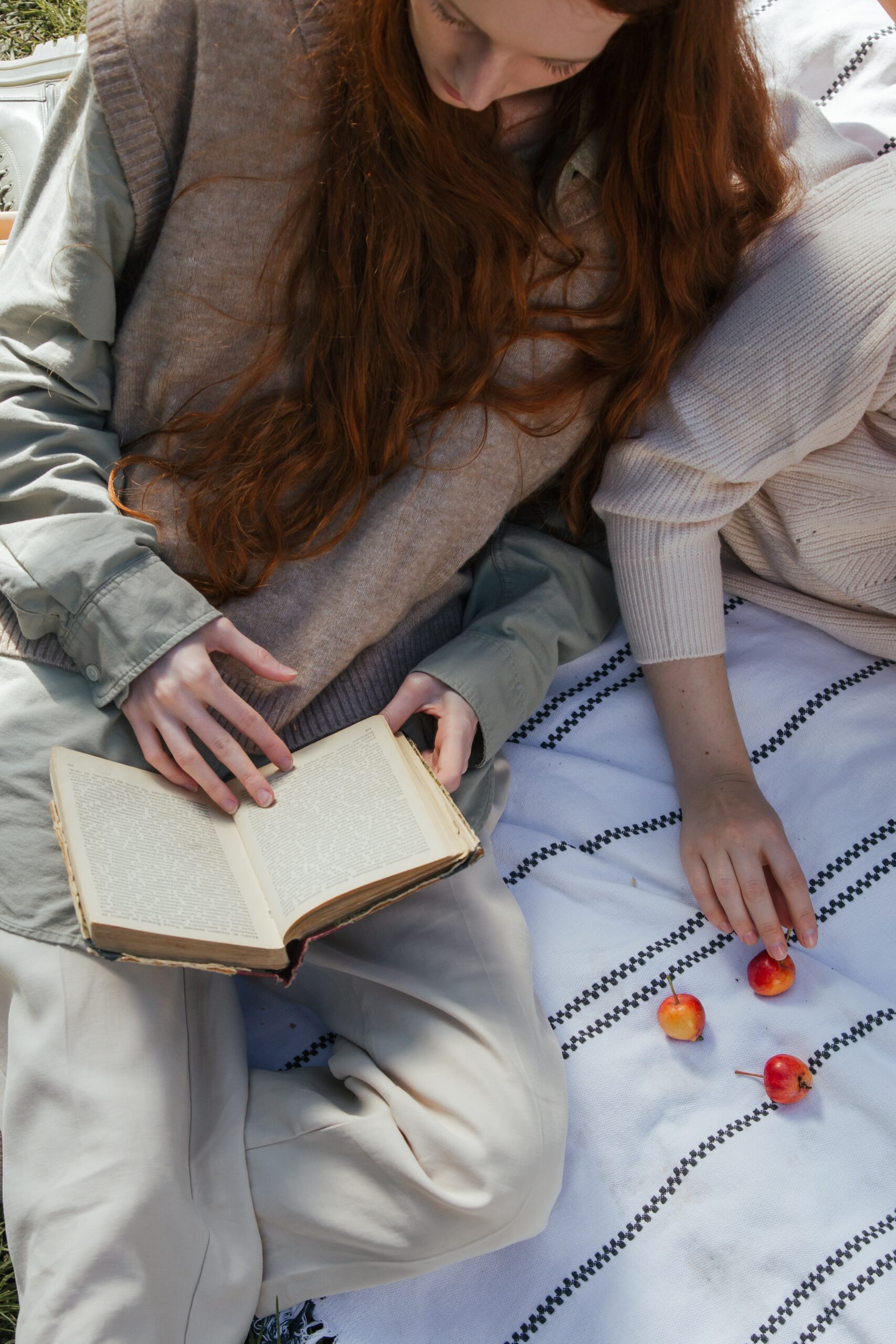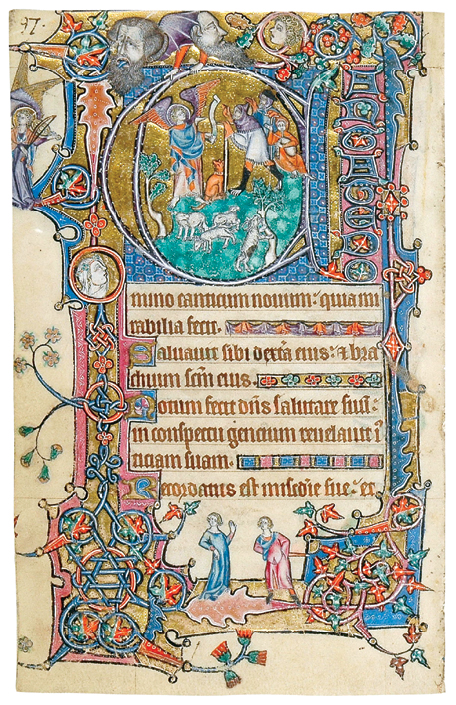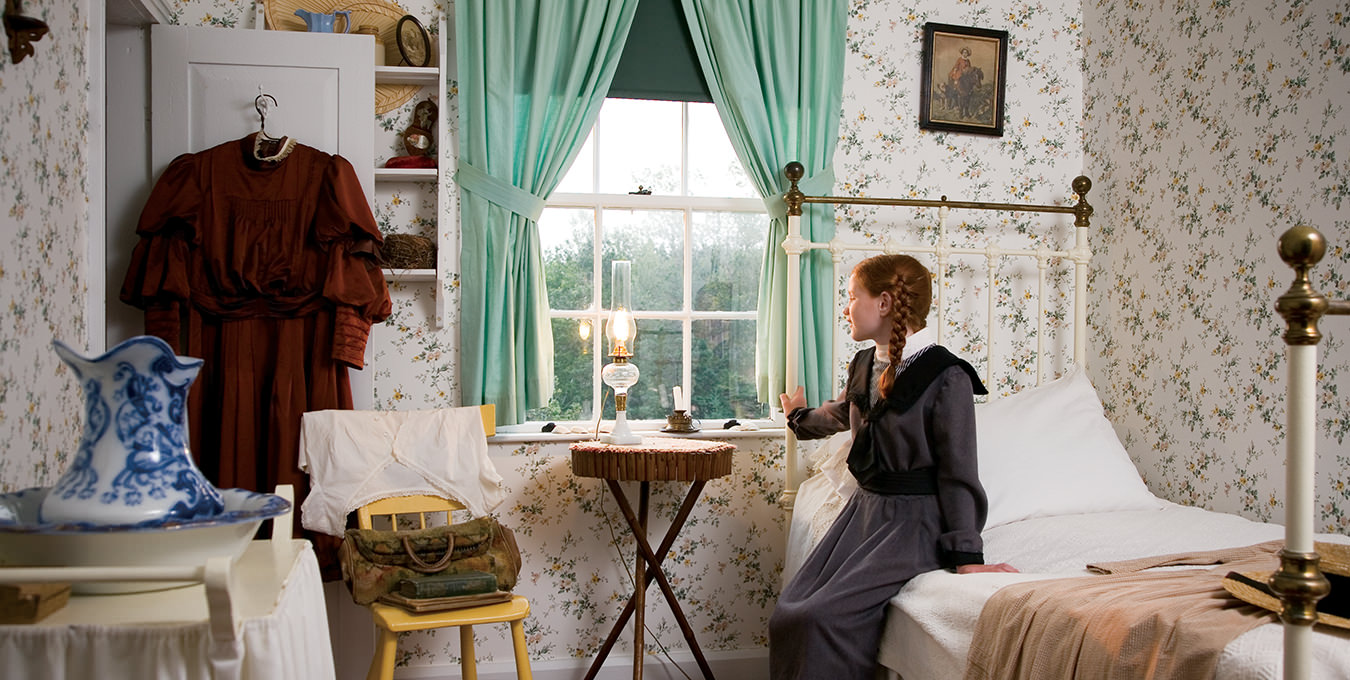The Strange and Unusual Beehive Books
Reading art.
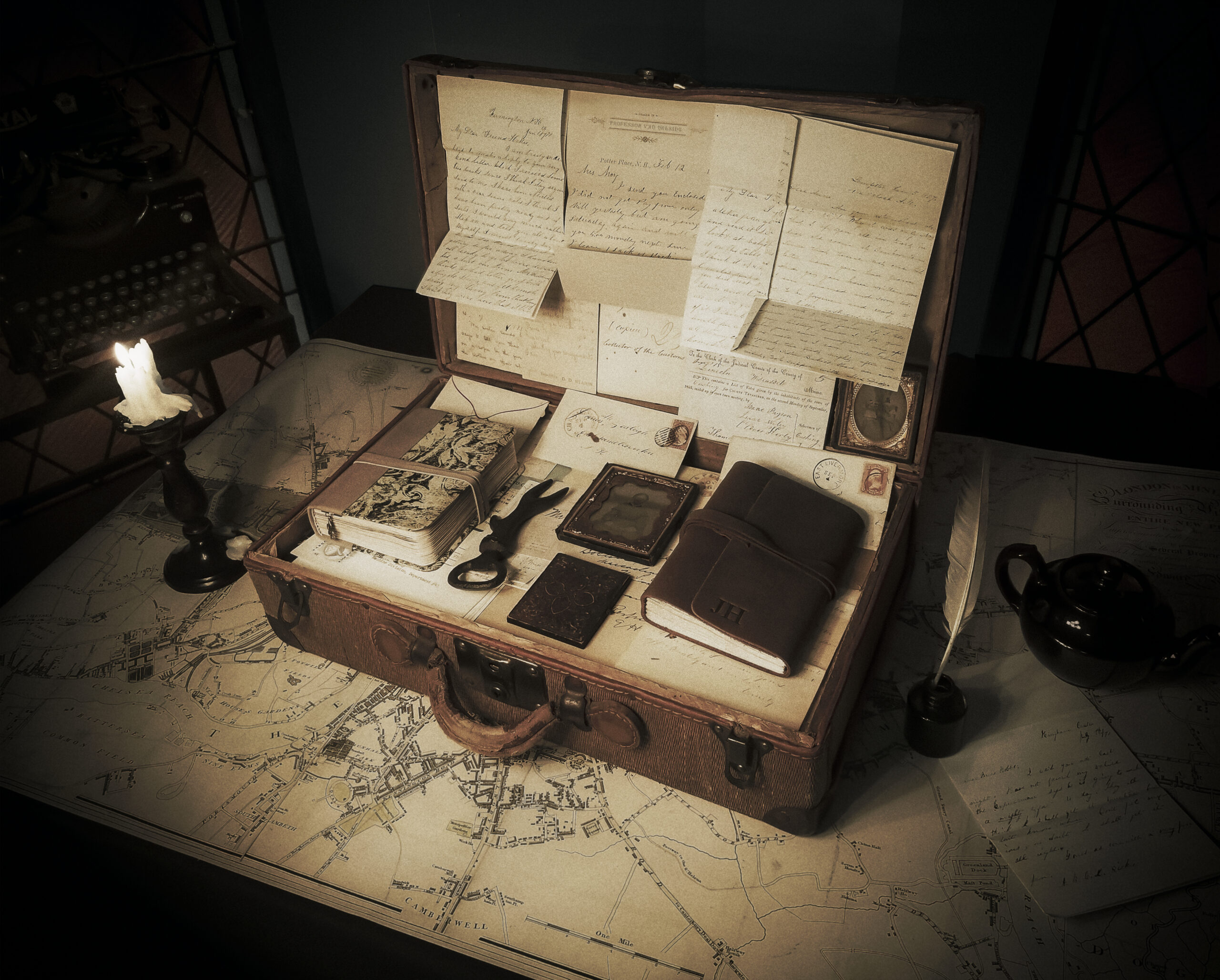
What happens when books become objects? When they leave the liminal space between metaphysical thought and bindings to become art pieces and artifacts? The projects championed by founders of Philadelphia-based Beehive Books, Josh O’Neill and Maëlle Doliveux, set out to answer these questions by challenging how design and publishing work together. Beehive Books is “an exercise in what’s possible in design, art, and concept,” says O’Neill.
Beehive Books began in 2016 after O’Neill’s previous business venture, Locust Moon Comics, kickstarted an homage to Little Nemo: Dream Another Dream, which O’Neill considers to be one of the first masterpieces in comic book art. The 144-page, 16-by-21-inch hardcover tribute brought together 140 artists, including Doliveux, to make an edition that went viral.
From there, O’Neill and Doliveux formed Beehive Books, and the community involved in the Little Nemo project continues to create ambitious, bizarre books that push boundaries. Their collection of illuminated classics takes stories that may have been lost to history and reimagines the pages in elaborate contemporary designs. “The fun of it is seeing how weird we can get—the ridiculousness becomes part of the appeal,” says O’Neill.
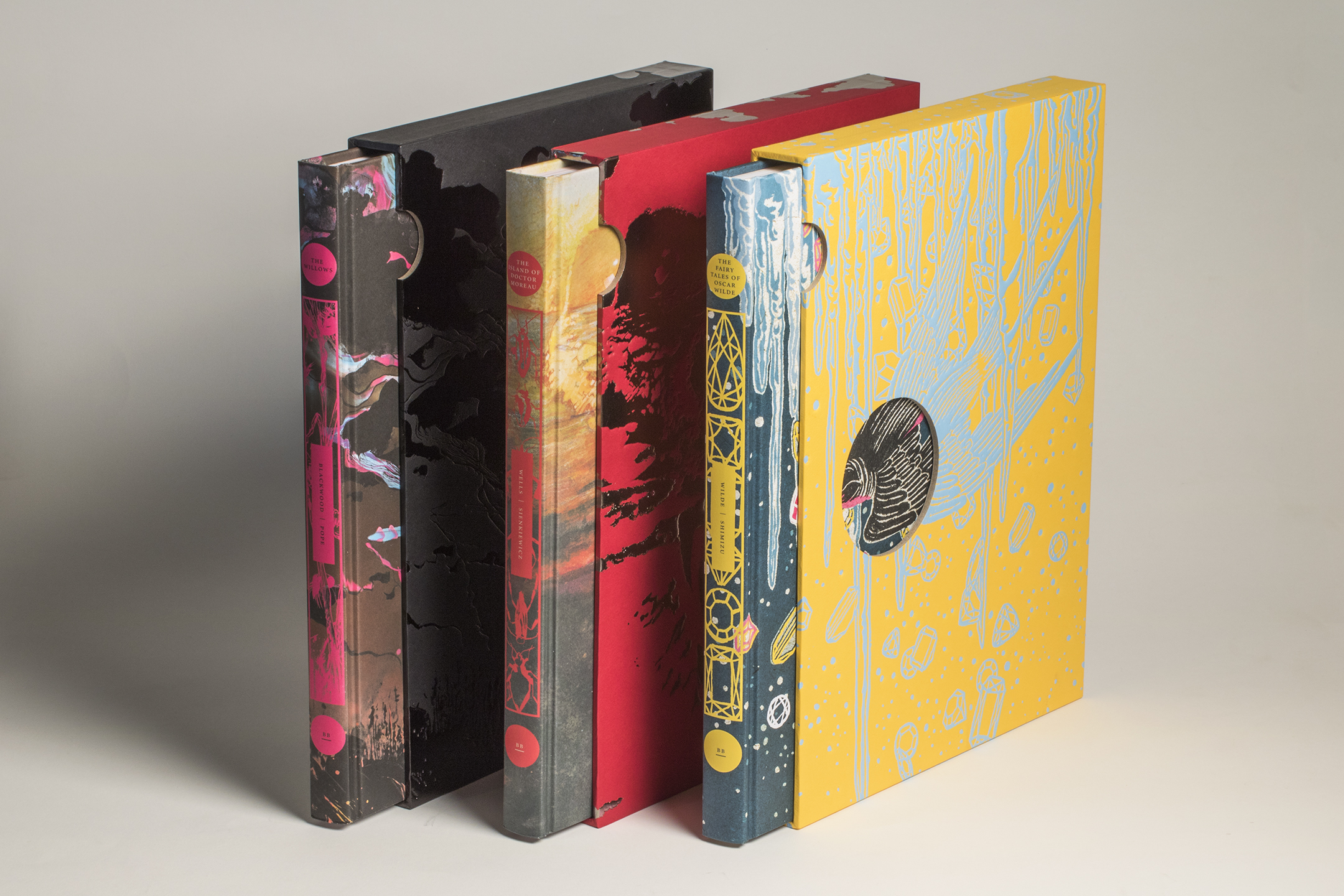
O’Neill considers Dracula: The Evidence the pièce de résistance of Beehive Books’ publishing endeavours. Reading the Gothic novel as a child, O’Neill wondered what it would be like to hold the collection of found artifacts and riffle through them like a true archivist piecing together the mystery. Through another kickstarter campaign, he got his opportunity to find out. Dracula: The Evidence pulls the letters, diary entries, phonograph-recording transcriptions, newspaper clippings, portraits, and reports off the pages of Bram Stoker’s classic and realizes them as fully functional objects.
Available in three editions, the artifacts are then placed in an antique briefcase, a wooden box, or a Transylvanian dirt-filled tomb. “I like to believe that Bram Stoker imagined people reading his work this way as he was writing it,” O’Neill speculates. Beehive Books has found a space between reading and art by asking readers to hold the individual pieces of a story and figure it out for themselves.
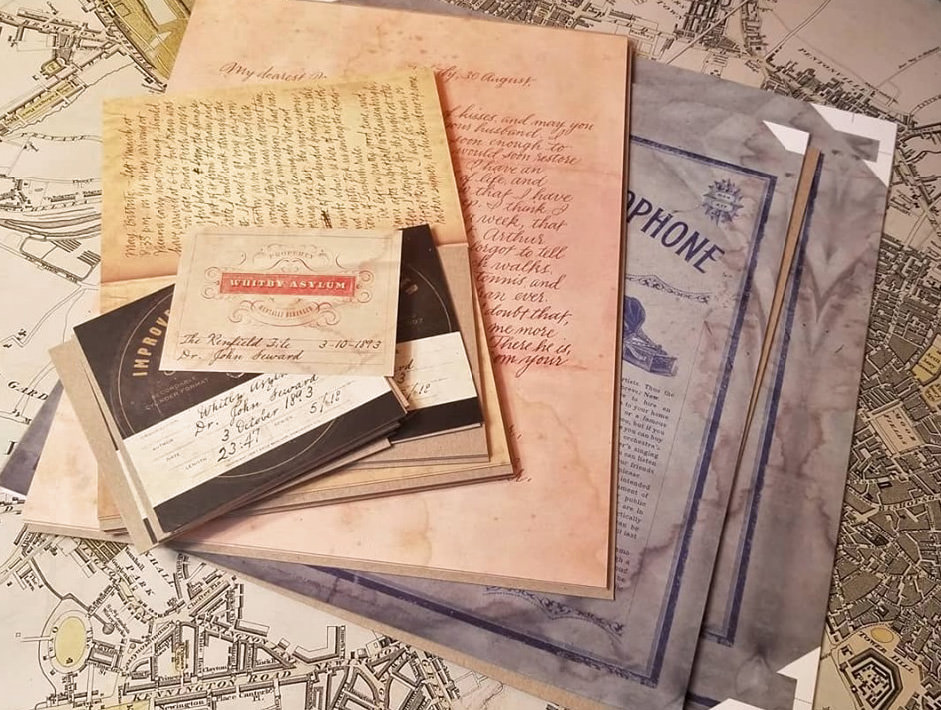
_________
Never miss a story. Sign up for NUVO’s weekly newsletter, here.





